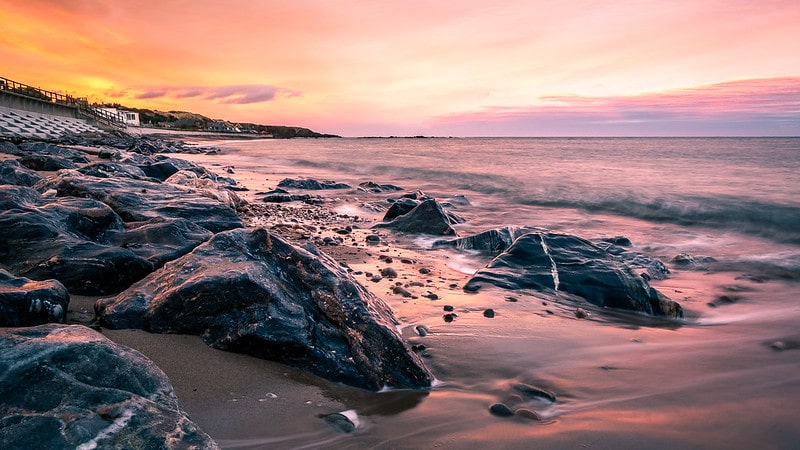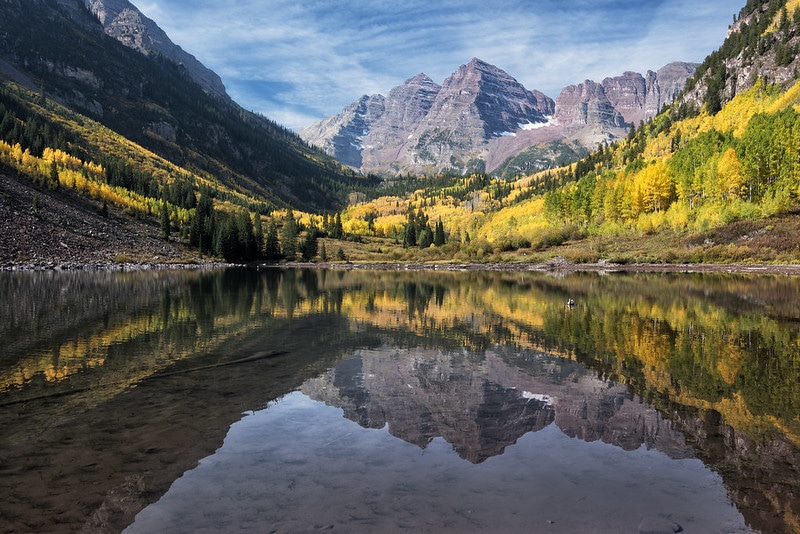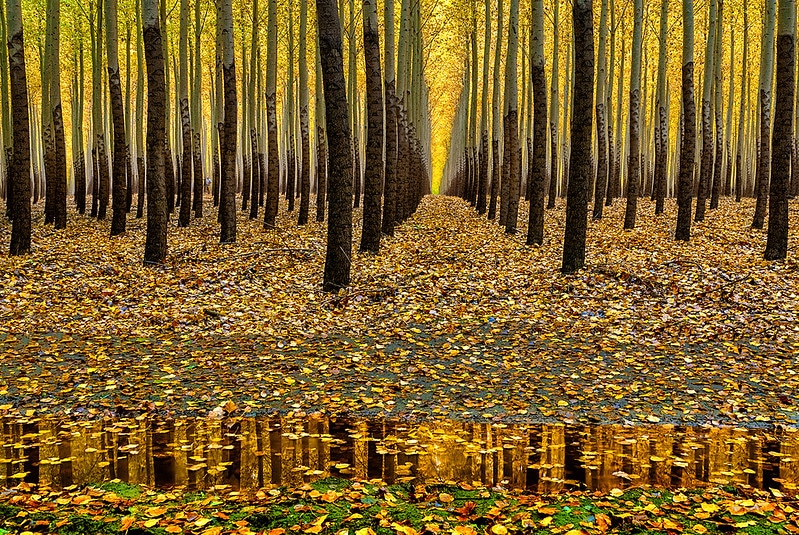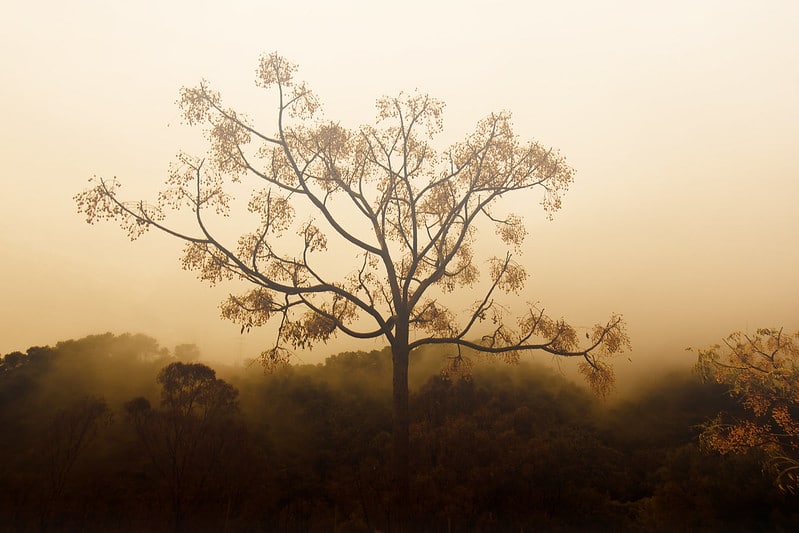
Image: Giuseppe Milo
We all love capturing eye-catching, jaw-dropping landscape images. But sometimes, creating award-winning images is a lot easier said than done.
One way to help add some spectacular interest to your images is with the addition of water.
Yes, it really is that simple: just add water! Water can take many forms, and can make a great main focal point, supporting feature, or even a compositional element.
If you are looking to add some extra drama or depth to your image, then water should be the first place you turn. The versatile element can help enhance your images like almost nothing else. With water you can capture amazing reflections, add additional light to a scene, or add a certain mood to a composition–water’s a great way to add a sense of life and drama to an otherwise ordinary scene.
Let’s take a look at some tips for capturing water –in all of its many forms, and see how easy it is to create spectacular landscape images.
Different Forms of Water
From snow, rain, and sleet –to rushing waterfalls and the sea, water takes many different forms, and there’s apply opportunity for you to include it in your images.
Simply including water in your images can be a great way to add interest to them, but knowing how to capture it effectively will enable you to use water to drastically enhance your images.

Image: Giuseppe Milo
• The Ocean
The ocean is undoubtedly one of most photographed bodies of water, and for good reason. It’s attractive and satisfying to capture and view. It’s also always changing –the view over the ocean looks very different from one day to the next. During the changing of the tides you can capture some wild and powerful waves as they crash against the rocks. Use a fast shutter speed to freeze the motion of the waves, or a slower shutter speed to gently blur their motion.

Image: Nils Tamlag
• Waterfalls and Rivers
Waterfalls are perhaps the most sought after forms of water. There’s something amazing about standing near the edge of a rushing waterfall and feeling how powerful it is.
When capturing a waterfall, you can use a slow shutter speed to slur the motion resulting in soft, gently blurred water. Or, if you prefer to freeze the movement –use a faster shutter speed. Remember, the longer your exposure the more blurred the motion will be. You may also want to use an ND filter for longer exposures. This will allow you to slow the shutter speed down long enough to capture your image, without letting too much light in.
→ See more tips on photographing waterfalls.

Image: John Fowler
• Lakes and Ponds
Smaller bodies of water, such as lakes and ponds are great water sources –and are often photogenic too! They also present a great opportunity to capture a reflection, since these shallow bodies of water are less susceptible to waves, and tend to be still and quiet. As a bonus, ponds and lakes also attract wildlife, which can add extra interest to your landscapes –if you’re patient enough to wait!
Bonus Tip: Looking to capture reflections? Keep in mind that light reflects differently on different bodies of water. In most cases, you’ll want to look for a surface that’s smooth and use a narrow aperture –something like f/16 to ensure that the entire image is clear and in-focus. But if the surface is choppy, you can always use a tripod and a slower shutter speed to capture reflections that are gently blurred for a more abstract image.
→ See more tips for capturing reflections.

Image: Charles Knowles
• Puddles
Don’t have a large body of water on hand? No worries! Even a puddle can be a great water source. Look for puddles after a heavy rain –they can also be ideal for capturing a tranquil reflection or adding some extra light into your images. Keep in mind that your composition can help you to make the most of the small amount of water. Getting down low to the ground can help you to fill your frame with more of the water, helping it to appear more imposing and dramatic.

Image: Hernán Piñera
• Fog or Mist
Mist and fog can help add a certain mysterious or ethereal feel to your images –and are great opportunities for capturing some beautiful images. Sometimes, you may have some unexpected fog roll in late in the afternoon, but in most cases, morning is the best time for capturing predictable fog. For normally appears when there’s a fluctuation in the temperature, like when the morning sun comes up. In most cases, you’ll want to check the weather forecast the night before, lookout for a clear morning following a cold night.
Using Water to Add Light to Your Images
One of the great things about photographing bodies of water –from the sea, all the way on down to puddles, is that it can be a great way to add some additional light into an image. This is especially useful when photographing during the evening –or say, golden hour, when the sky may be bright, but the foreground often tends to be dark. By incorporating a body of water into your images, you can help to add some much-needed light back into your image.
As you can see, there are a number of different ways that water can benefit your images. When you’re out with your camera, look for water that you can include in your scenes –and enjoy capturing spectacular images.
Want to create spectacular landscapes? Most images can benefit from a bit of post-processing. Take a look at our Landscape Legends –a beautiful collection of presets that are designed specifically for landscapes. You can use these presets to create amazing landscape images, in a snap. See our unbelievable before and after shots today!